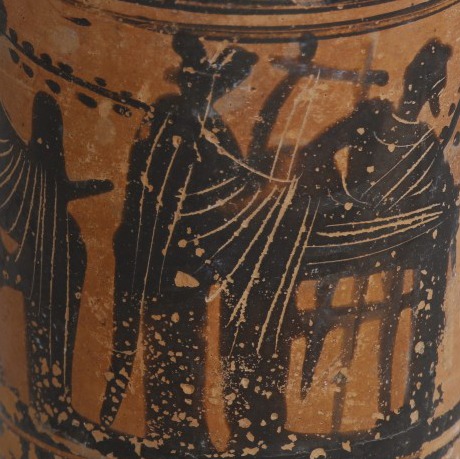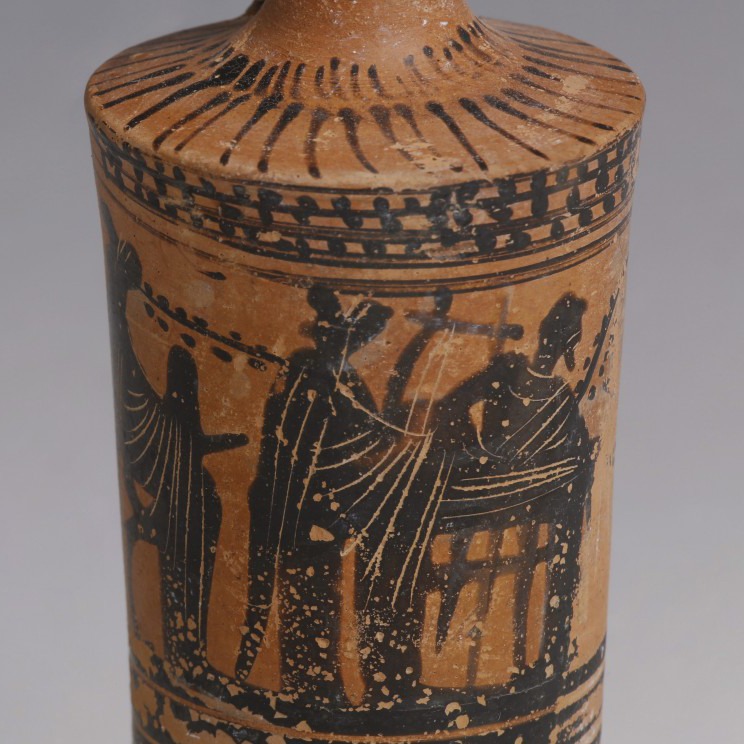
Religious Syncretisms in the Ancient Mediterranean Region
Military conquests and economic exchanges have been a catalyser in the diversification of the religious landscape of the Ancient Mediterranean region. Indeed, as cultures and religions met and travelled, they gave birth to new divinities, according to the phenomenon of syncretisation. These new divinities were a form of hybrids between already established gods and goddesses [...]



